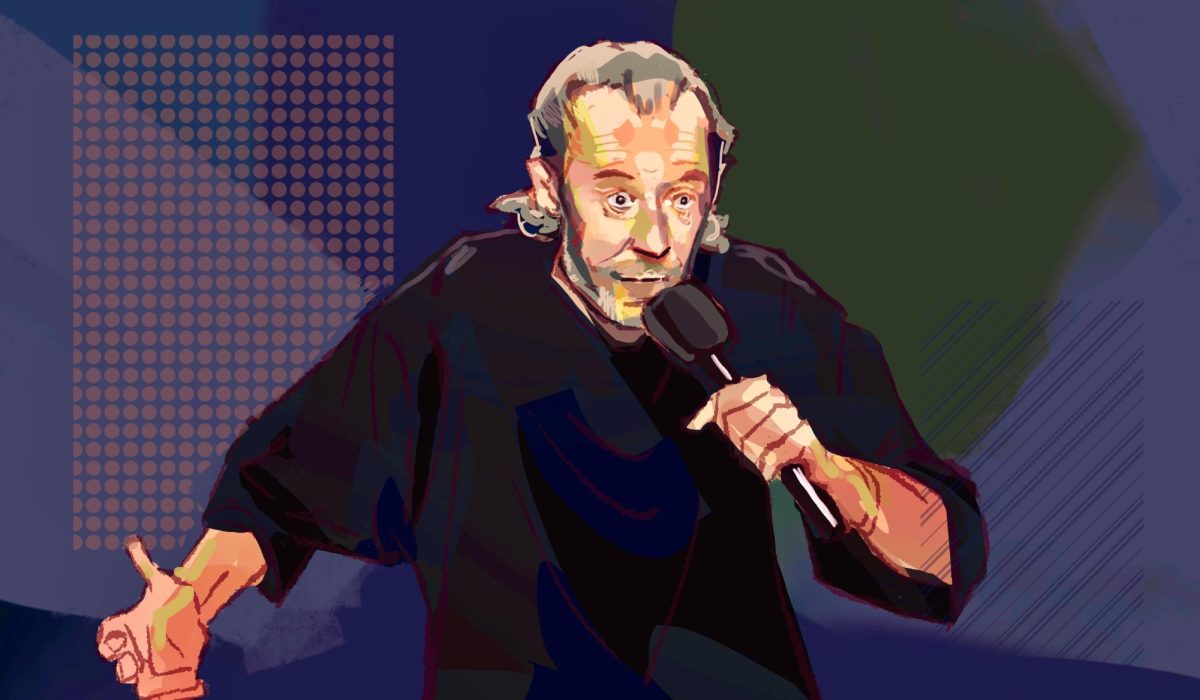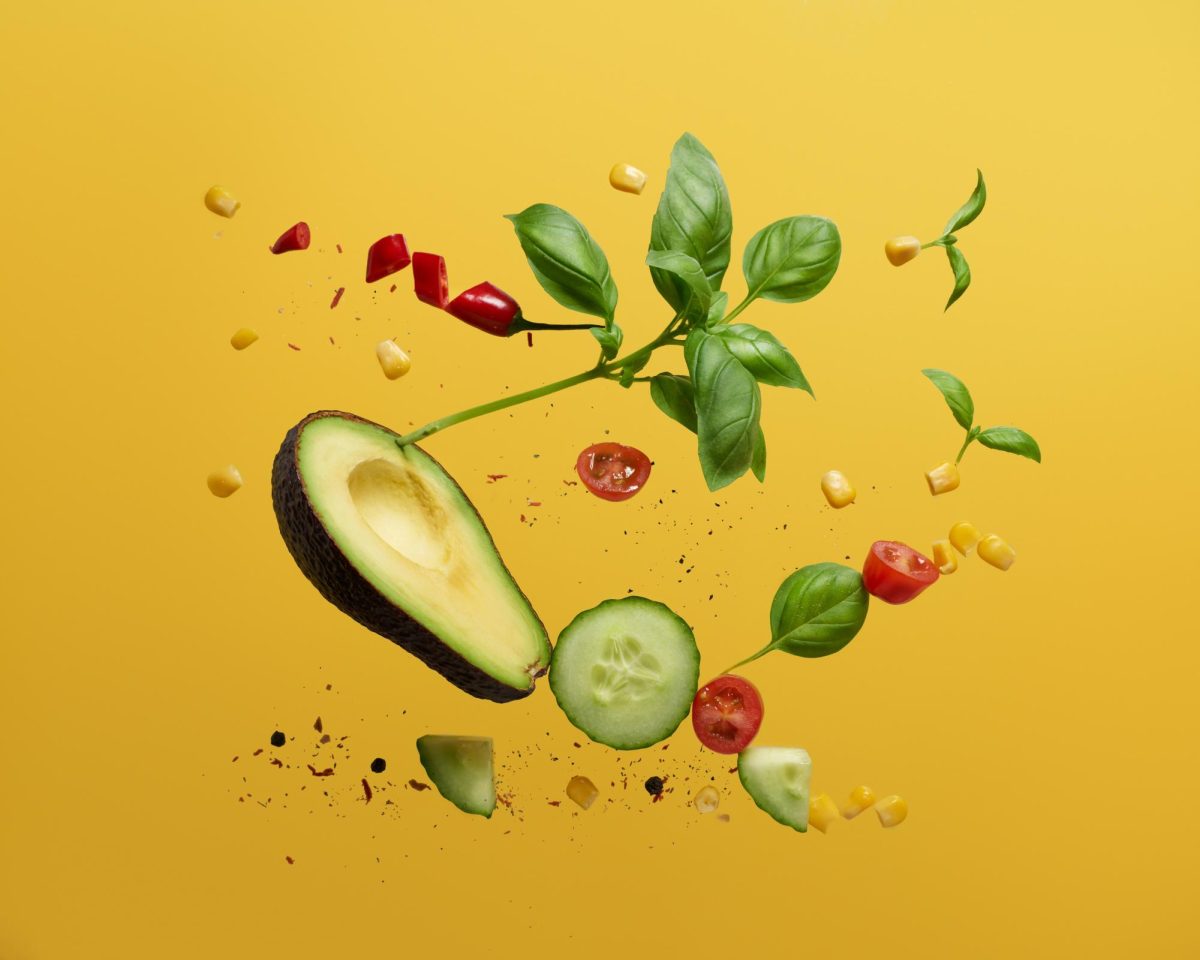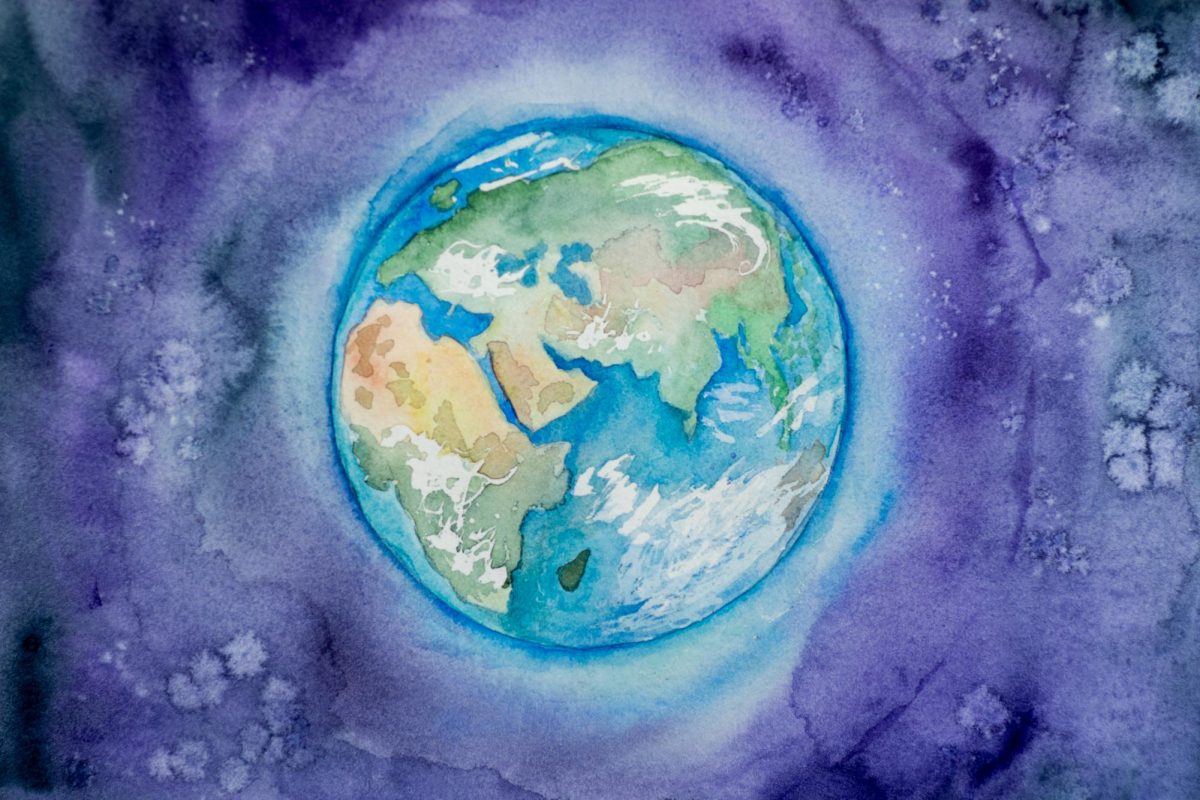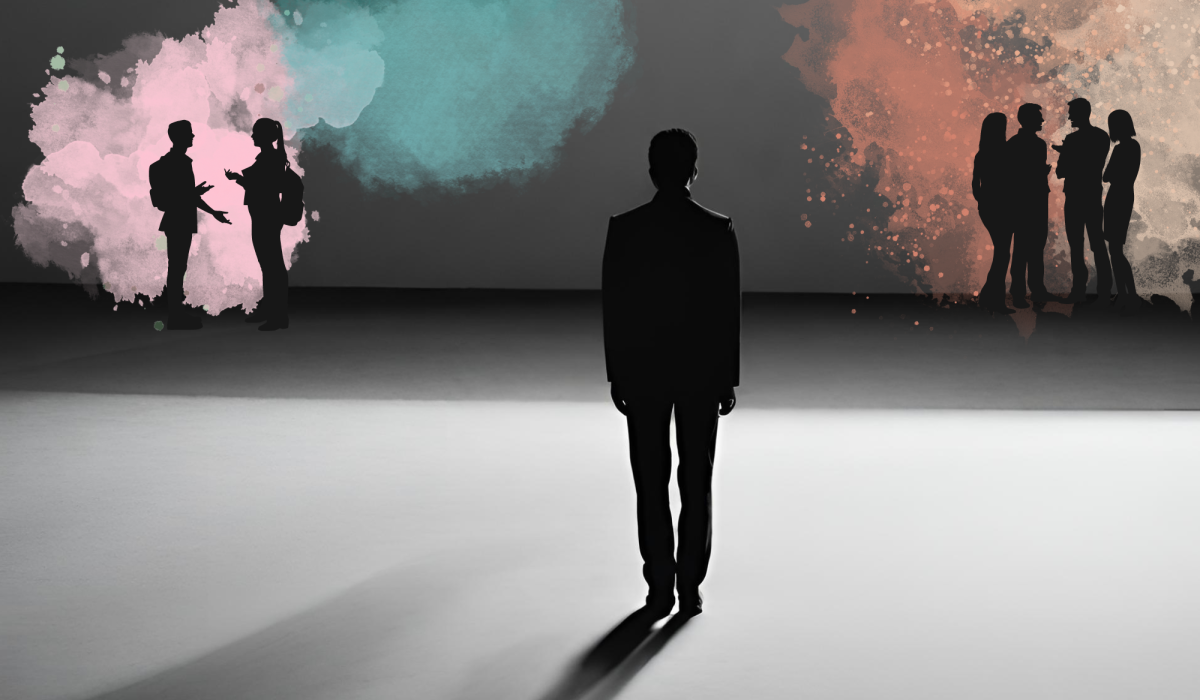Don’t Forget, the French Don’t Care
Last week, a photo of Beyoncé wearing dark face paint was published in the French fashion magazine L’Officiel Paris. Naturally, when the picture hit the web on Feb. 23, it immediately caused a firestorm in the United States. But regardless of how much heat the singer fields from bloggers nationwide, one thing’s important to remember: We aren’t the magazine’s target audience.
The French, for whom the magazine was intended, pride themselves in their notion of republicanism — an idea that stresses that the French people are comprised of all citizens, regardless of ethnic background. For that reason, the French consider themselves a truly colorblind society; so colorblind, in fact, that it is illegal in France to collect data on the ethnicity and race of its citizens.
While many stateside point to the photo shoot as an offensive revival of blackface, the French — without the context of Americas’s offensive 19th-century minstrel shows — see nothing more than a darkened face. There’s no doubt that a stunt like this would never have flown in America, a place stunted by taboo images and racial slurs. But the photo shoot was done in France, not here. And while many may fairly see Beyoncé’s decision to sport the darkened face makeup as a step too far, we must realize that, outside the context of American history, the image represents little more than an eye-catching magazine cover.
— Arik Burakovsky
Staff Writer
Art: It’s Racism in Light of Itself
Earlier this month, Beyoncé was accused of looking “too white” for dyeing her hair blonde. Now, she’s being criticized for the opposite. The look — a nod to Fela Kuti, the Nigerian musician and human rights activist — not only skirts the racially charged history of minstrel-show blackface; it’s an expression of fashion at its controversial, boundary-pushing best.
True blackface first surfaced during 19th-century minstrel shows, which involved white actors blackening their faces with shoe paint or burnt cork and painting exaggerated red lips around their mouths so as to resemble circus clowns. Dressed in gaudy tailcoats, striped trousers and oversized hats, these actors portrayed offensive black caricatures for the entertainment of a white audience.
Though this type of blackface is clearly offensive, it is not a point of reference for this photo shoot. The “Single Ladies” singer poses regally as an African queen wearing theatrical make-up and a vibrant animal-print dress that her mother designed.
L’Officiel Paris is a high fashion magazine known for its envelope-pushing style. And in this case, Beyoncé was merely facilitating the expression of art by acting as a blank canvas. Her unique look was inspired by African rituals — not the cultural mockery of minstrel shows — and reflects, if anything, the African influence permeating current trends. It’s art, it’s high-fashion and in the end, it isn’t racist — plus, in the moribund world of print media, if a fashion editor can present a look that gets the web this atwitter, then all the more power to her.
— Hilary Lee
Contributing Writer







